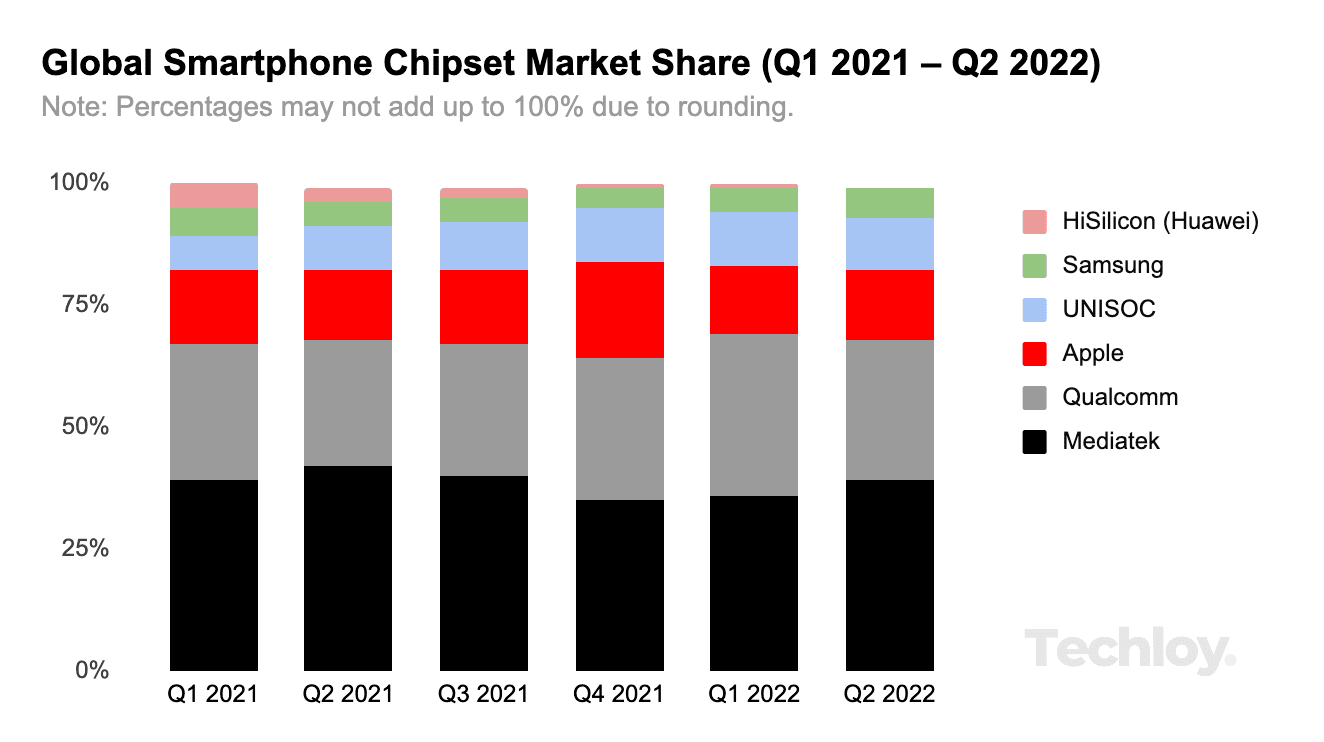Post-Roe America: How OTC Birth Control Impacts Access

Table of Contents
Increased Access and Convenience with OTC Birth Control
Increased access to birth control is paramount in a post-Roe landscape. Making birth control available over-the-counter (OTC) could significantly impact access to contraception.
Reduced Barriers to Obtaining Contraception
OTC birth control offers several advantages by eliminating many hurdles associated with traditional prescription methods.
- Lower cost: OTC options are generally cheaper than prescription birth control, removing a significant financial barrier for many individuals. Studies have shown that the cost of prescription birth control can be prohibitive, particularly for those without insurance. A switch to OTC options could help alleviate this burden.
- Increased privacy: Obtaining birth control without a doctor's visit increases privacy, a crucial factor for many individuals who may feel uncomfortable discussing their reproductive health with healthcare providers.
- Easier procurement: The ease of purchasing OTC birth control reduces the time and effort required to access contraception. No appointments, no waiting for prescriptions—simply purchasing the needed product.
- Reduced reliance on insurance: OTC birth control decreases the dependence on insurance coverage for access, benefiting those with limited or no insurance.
Expanding Access to Underserved Populations
The convenience of OTC birth control offers particular advantages to underserved communities.
- Improved access in areas with limited healthcare providers: Rural communities and areas with limited healthcare infrastructure would benefit significantly from increased access to contraception through OTC availability.
- Reduced transportation barriers: Eliminating the need to travel to a doctor's office or clinic to obtain a prescription removes a major barrier, especially for individuals in remote locations or those with mobility issues.
- Increased affordability for low-income individuals: The lower cost of OTC options significantly improves access for low-income individuals who may not be able to afford prescription birth control or doctor's visits. Successful OTC medication programs in other countries demonstrate the potential for positive impact on vulnerable populations.
Potential Drawbacks and Challenges of OTC Birth Control
While the benefits are considerable, several challenges must be addressed to ensure the responsible implementation of OTC birth control.
Concerns about Misinformation and Self-Medication
The increased availability of OTC birth control raises concerns about potential misuse.
- Importance of accurate information: The lack of professional guidance could lead to improper use, incorrect dosage, or ignoring contraindications. Comprehensive public health campaigns are crucial to ensure informed choices.
- Risks of incorrect dosage or contraindications: Self-medication can have serious consequences if individuals fail to recognize or act upon contraindications or use incorrect dosages. Accurate labeling and clear instructions are paramount.
- Potential for adverse effects: Ignoring potential side effects or interactions with other medications can lead to serious health problems.
Limitations on Types and Effectiveness of OTC Options
The range of OTC birth control options may be limited compared to prescription methods.
- Potential for limited choices: The FDA may restrict the types and strengths of contraceptives available OTC to ensure safety. This could leave some individuals with less effective or less suitable options.
- Focus on less effective methods: OTC options might primarily include less effective methods, potentially leading to higher unintended pregnancy rates.
- Concerns regarding hormonal birth control side effects: Easy access to hormonal contraceptives without professional guidance raises concerns about potential side effects and the need for proper monitoring.
Maintaining Confidentiality and Protecting Personal Data
Concerns about data privacy must be addressed when considering increased online purchasing of OTC birth control.
- Data security for online purchases: Secure online purchasing systems are crucial to protect personal information and prevent misuse of data.
- Potential for tracking and monitoring of contraceptive use: The potential for tracking and monitoring of contraceptive use through online purchases raises concerns about individual privacy and reproductive rights. Appropriate legislation and regulations are necessary to prevent this.
The Role of Policy and Public Health Initiatives
Successful implementation of OTC birth control requires careful consideration of policy and public health strategies.
Government Regulation and Public Health Campaigns
Government regulation and public health initiatives play a vital role in ensuring the safe and effective use of OTC birth control.
- Need for clear labeling and instructions: Clear, concise, and easily understandable labeling and instructions are essential to prevent misuse and ensure proper usage.
- Importance of accessible sexual health education: Comprehensive sexual health education is crucial to equip individuals with the knowledge needed to make informed choices regarding contraception.
- Role of public health in disseminating accurate information: Public health campaigns are vital for addressing misinformation and disseminating accurate information about different contraceptive methods, their effectiveness, and potential side effects. Examples of effective public health campaigns around other OTC medications should inform strategies.
Conclusion
The impact of OTC birth control on reproductive healthcare access in post-Roe America is complex. While OTC access offers the potential for increased convenience, affordability, and wider reach, particularly to underserved populations, it also presents challenges related to misinformation, limited options, and data privacy. The future of reproductive healthcare access in a post-Roe America hinges on thoughtful consideration of OTC birth control. Let's engage in a responsible dialogue to ensure both increased access and safe, informed usage of these vital healthcare options. The successful integration of over-the-counter birth control requires a multi-pronged approach encompassing clear regulations, comprehensive education, and robust public health initiatives to ensure equitable access to contraception and protect individual reproductive rights in a post-Roe landscape.

Featured Posts
-
 Boris Johnson Comeback Could He Save The Conservative Party
May 03, 2025
Boris Johnson Comeback Could He Save The Conservative Party
May 03, 2025 -
 Fin De La Francafrique L Annonce D Emmanuel Macron Depuis Le Gabon
May 03, 2025
Fin De La Francafrique L Annonce D Emmanuel Macron Depuis Le Gabon
May 03, 2025 -
 Justice Departments Decision The End Of A School Desegregation Order And Potential Fallout
May 03, 2025
Justice Departments Decision The End Of A School Desegregation Order And Potential Fallout
May 03, 2025 -
 Assessing Reform Uks Agricultural Policies Trust And Delivery
May 03, 2025
Assessing Reform Uks Agricultural Policies Trust And Delivery
May 03, 2025 -
 South Carolina Election Trust 93 Of Respondents Say Yes
May 03, 2025
South Carolina Election Trust 93 Of Respondents Say Yes
May 03, 2025
Latest Posts
-
 Chinas Automotive Landscape A Deep Dive Into The Experiences Of Bmw And Porsche
May 04, 2025
Chinas Automotive Landscape A Deep Dive Into The Experiences Of Bmw And Porsche
May 04, 2025 -
 Challenges Facing Premium Automakers In China A Look At Bmw And Porsche
May 04, 2025
Challenges Facing Premium Automakers In China A Look At Bmw And Porsche
May 04, 2025 -
 How Middle Managers Drive Performance And Improve Employee Engagement
May 04, 2025
How Middle Managers Drive Performance And Improve Employee Engagement
May 04, 2025 -
 The China Market Obstacles And Opportunities For Luxury Car Manufacturers
May 04, 2025
The China Market Obstacles And Opportunities For Luxury Car Manufacturers
May 04, 2025 -
 Beyond Bmw And Porsche The Broader Implications Of Chinas Automotive Market
May 04, 2025
Beyond Bmw And Porsche The Broader Implications Of Chinas Automotive Market
May 04, 2025
